Reading Time: 9 minutes
Few experiences match the excitement and satisfaction of landing a Catfish. These bottom-dwelling behemoths, known for their whiskered faces and formidable strength, offer a unique challenge to anglers. But the key to successful Catfishing lies not just in skillful rod handling or finding the perfect spot, it’s deeply rooted in the art of choosing the best Catfish bait.

Photo courtesy of C.C. Guide Service
With their extraordinary sense of smell and taste, Catfish can be particularly discerning when it comes to what’s on the end of your line. That means your bait needs to do more than just attract. It needs to persuade. From murky river bottoms to still lake waters, what you use as bait can make all the difference between a day of mere nibbles and a serious haul.
In this guide, we’ll explore the diverse and sometimes surprising world of Catfish bait. From tried-and-true natural baits to innovative concoctions and lures that pique the curiosity of these whiskered warriors, we’re diving deep into what it takes to entice one of fishing’s most popular targets.
Best Bait Choices for Catfish
The pursuit of Catfish is honestly more art than science, with bait choice being a critical component. Let’s explore some of the most effective baits, why they work so well, and how to use them in various conditions.
Natural Baits for Catfish
Nightcrawlers and Worms
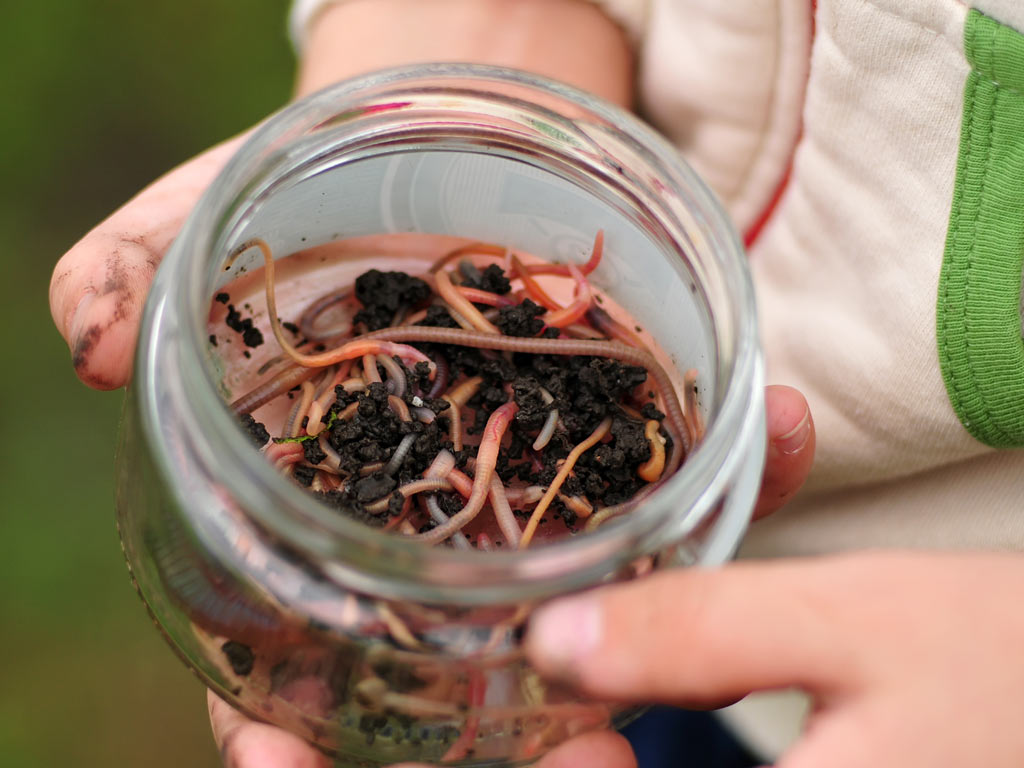
A staple in every Catfish angler’s arsenal, these baits are incredibly effective due to their natural scent and movement. Catfish, especially in murkier waters or at night, are drawn to the vibrations and scent trails that worms naturally produce.
These baits are most effective in the late evening or at night when Catfish are actively foraging. When using worms, hook them loosely to allow for maximum movement, and consider using a float to keep the bait just above the bottom, where Catfish are often hunting.
Live Bait (Minnows and Small Fish)
Live bait is particularly appealing to larger Catfish species like Flatheads, which prefer to hunt live prey. The movement and distress signals emitted by live bait fish can draw Catfish from considerable distances.
Use such live bait in deeper waters and larger rivers, particularly during the warmer months when Catfish are more active. Hooking the bait fish through the back near the dorsal fin allows natural movement. For best results, use a slip-sinker rig to keep the bait near the bottom.
Cut Bait
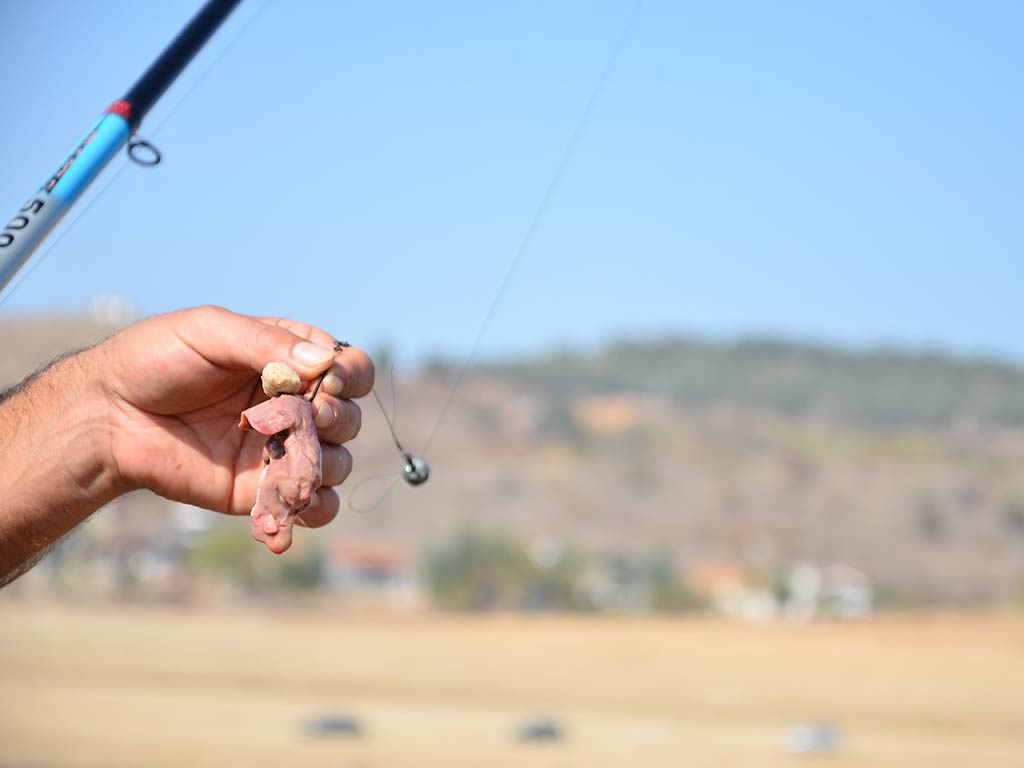
Cutting your bait works exceptionally well for Channel and Blue Catfish. The oils and blood released into the water create an enticing scent trail. Cut bait is especially effective in flowing waters where the scent can disperse downstream, attracting Catfish from afar.
Late spring to early fall, when water temperatures are higher, is the ideal time to use cut bait. Use a heavier rig to keep the bait anchored in one spot, allowing the scent to spread and attract your prey.
Prepared Baits for Catfish
Stink Baits
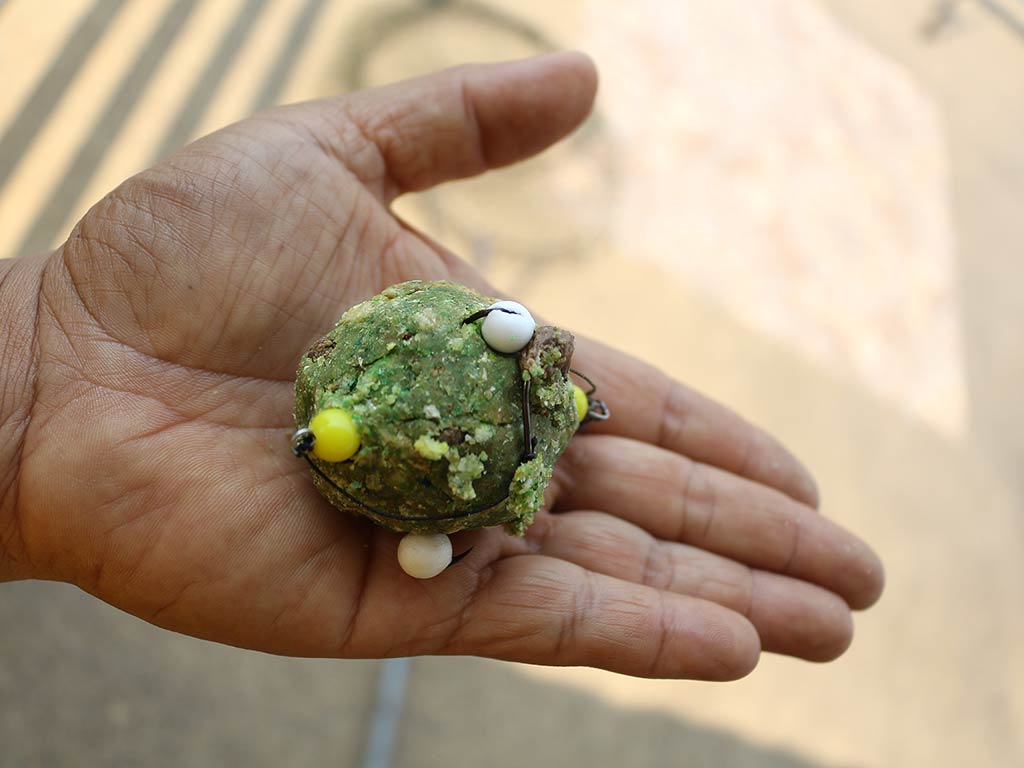
These are specifically designed to emit a strong odor, tapping into the Catfish’s extraordinary sense of smell. They’re particularly effective in warmer waters when Catfish are highly active and feeding aggressively.
Most forms of stink bait can be molded around special hooks or mesh to ensure they stay on while releasing scent. These baits are ideal for heavily fished waters where more subtle baits might be ignored.
Dough Baits
Commonly used for Channel Catfish, dough baits can be homemade or store-bought, with added scents like cheese, garlic, or blood. These baits work well in standing and slow-moving waters, particularly in late evening or at night. Mold the dough around a treble hook, ensuring it’s firm enough to stay on when casting but soft enough to release scent.
Artificial Lures
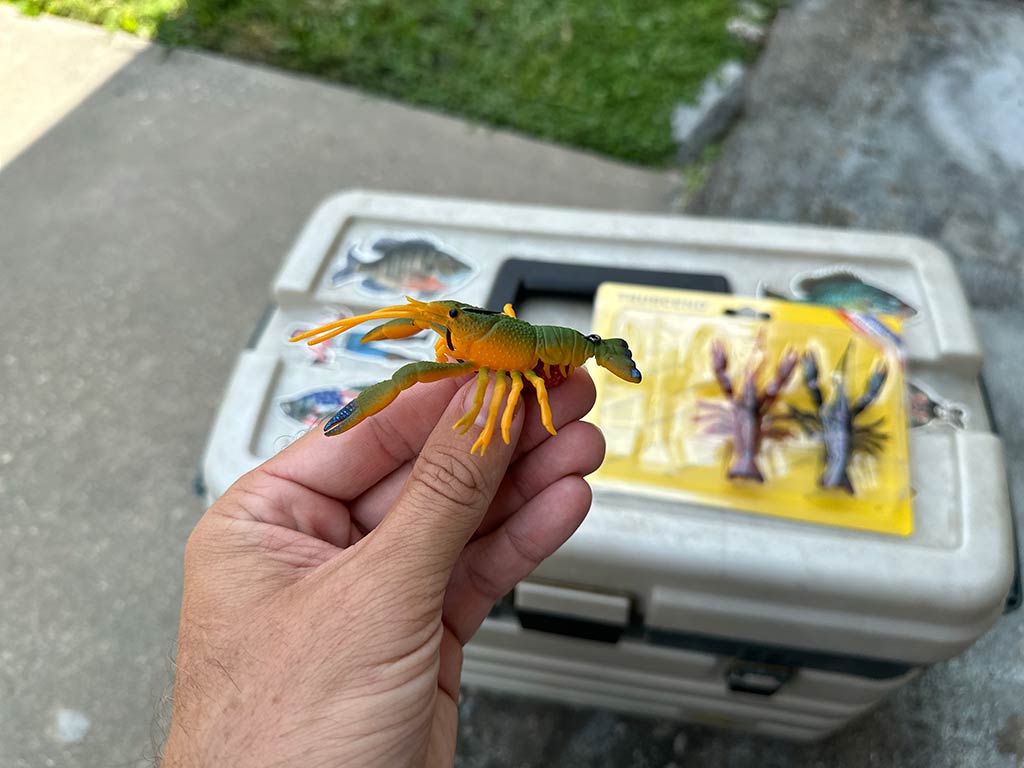
While not a traditional choice for catfishing, artificials can be effective in clear water conditions where Catfish rely more on sight. Vibrating lures or those that mimic small fish can trigger the predatory instincts of Catfish. They’re best used in the daytime, particularly in the late afternoon when Catfish might be scouting for food.
Understanding Catfish
To excel in catfishing, you should understand Catfish’s habits, habitats, and preferences. This knowledge will inform not just your bait choice, but the overall approach to successfully catch these elusive fish.
Catfish Behavior
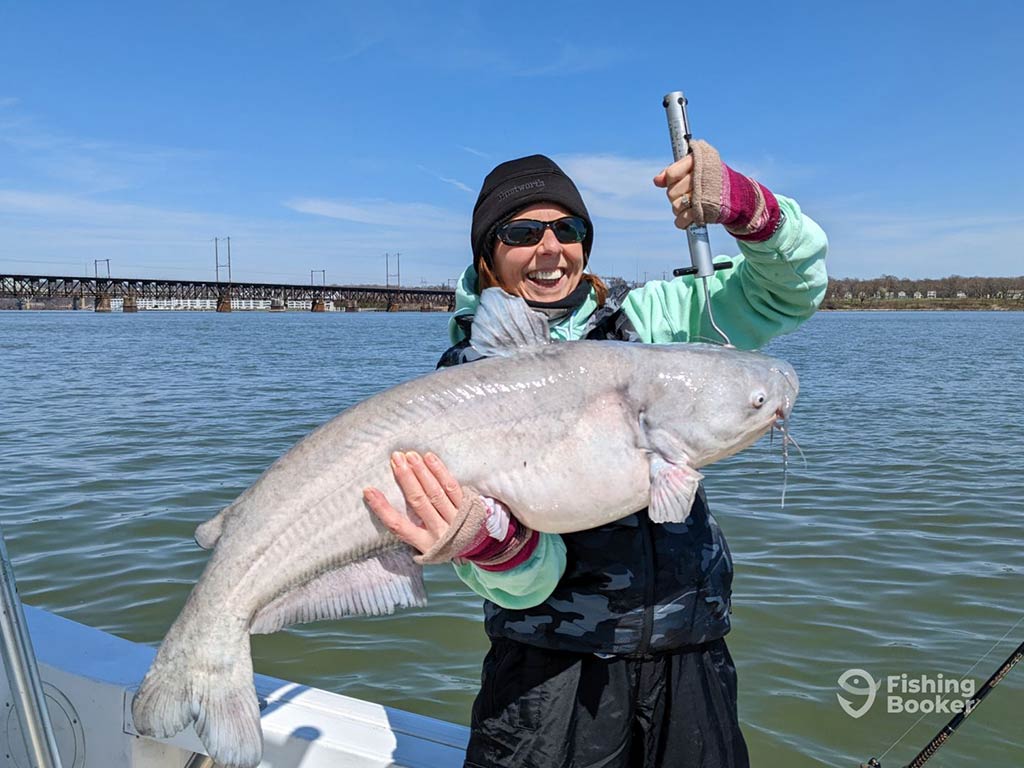
Photo courtesy of Vistaladyfish
Catfish have highly developed sensory organs that make them adept at finding food in dark or turbid waters. Their barbels (whiskers) are equipped with taste receptors that can detect minute chemical signals in the water, guiding them to potential food sources. This explains why baits with strong odors, like stink baits or natural decaying matter, are particularly effective.
Most Catfish are opportunistic bottom feeders, scavenging for anything edible, including dead and decaying matter. However, species like the Flathead Catfish are more predatory, preferring live prey. Understanding these feeding habits is crucial in selecting the right bait. For instance, while a Channel Catfish might be drawn to a chunk of smelly liver, a Flathead will more likely strike a live bait fish.
Catfish Habitats
Catfish can thrive in a range of aquatic environments, but they generally prefer areas with slow-moving water and abundant cover. This includes river backwaters, deep river holes, muddy river bottoms, and murky lake areas. And this influences your Catfish bait choice. For example, in slower river sections or muddy areas, scent-based baits that disperse well in still waters could be more effective.
These fish also like areas with variations in underwater terrain, such as river bends, confluence points, and areas around submerged debris or vegetation. Fishing near these structures requires bait that mimic natural prey like smaller fish or crustaceans.
Species-specific Catfish Habitat Preferences
- Channel Catfish. Widely distributed, this variety adapts to various environments. However, they’re commonly found in smaller rivers and lakes. They’re less fussy about bait and are known to respond well to a variety of options, from stink baits to chunks of hot dogs.
- Blue Catfish. These fish prefer larger river systems and reservoirs. They typically grow larger and are known to favor fresh-cut bait, particularly in currents where the scent can travel.
- Flathead Catfish. More solitary wanderers, these Catfish prefer live bait. You’ll most often find them in areas with slower currents or in reservoirs with plenty of cover. Targeting Flatheads requires patience and a focus on live bait such as small panfish or live shad.
Seasonal Patterns
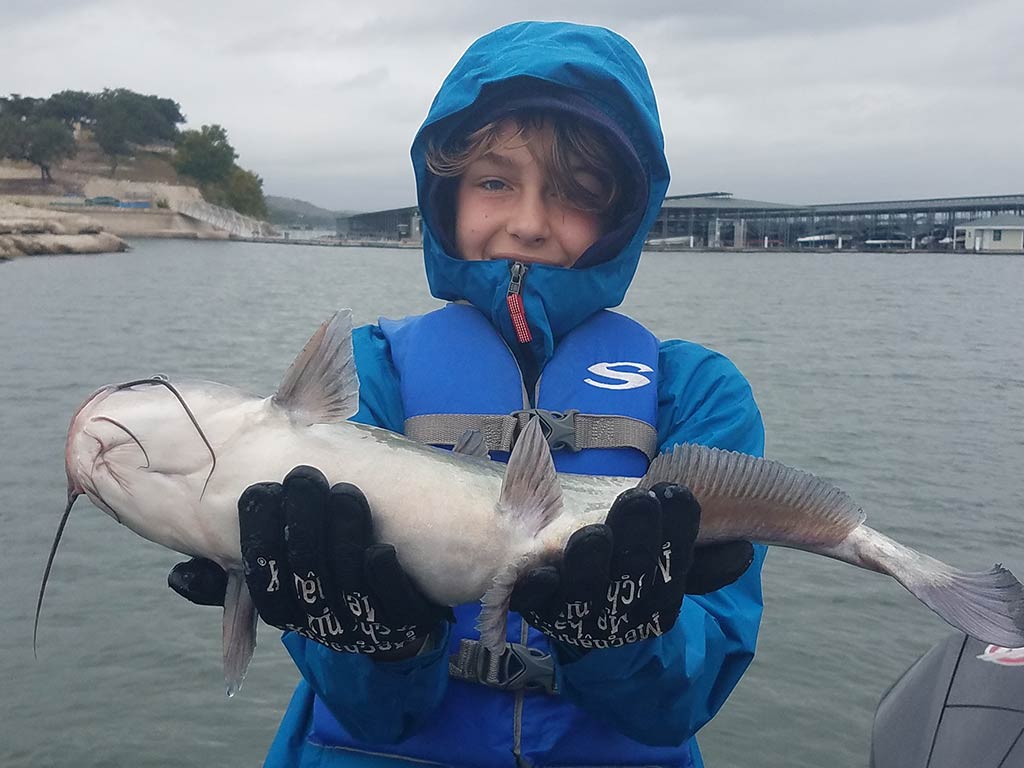
Photo courtesy of Central Texas Fishing Guide, LLC
Spring is the spawning season for Catfish when they move to shallower areas, making them more accessible. Fishing near spawning grounds with smaller, live baits or freshly cut bait can yield good results.
When it comes to summer, larger Catfish tend to seek deeper, cooler waters during the day becoming more active at dawn, dusk, and at night. Night fishing during these months can be particularly productive.
As the temperatures drop, Catfish become less active but you can still catch some. They tend to gather in deeper holes and channels. Using bait that’s rich in scent and flavor can be effective as Catfish rely more on their sense of smell in colder waters.
Bait Presentation and Fishing Techniques for Catfish
Effective bait presentation and the right fishing techniques are crucial when catfishing. Different Catfish species and varying water conditions require specific approaches. Here, we explore how to present your bait and the best techniques to maximize your chances of a successful catch.
Bait Presentation
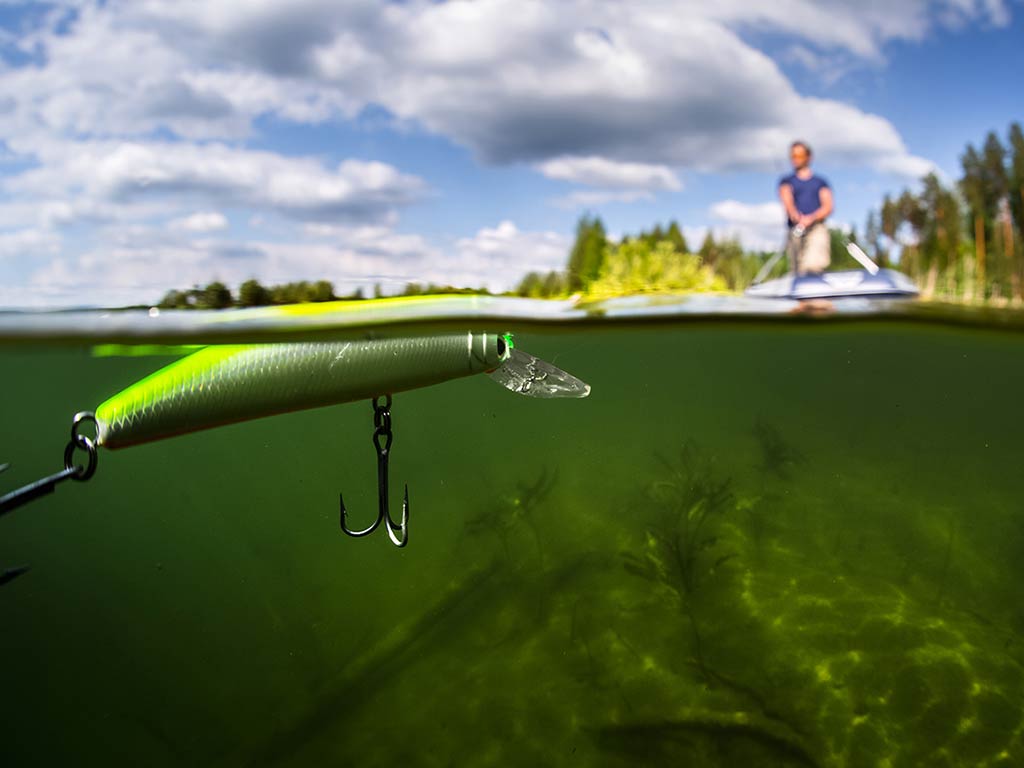
The key to presenting natural baits like worms, live fish, or cut bait is to make them appear as natural as possible in the water. For live bait, hooking methods such as through the back or lips allow for natural movement. For cut bait, ensure the pieces are just the right size. If it’s too large, smaller Catfish won’t be able to take it. Too small, and it may not attract larger fish.
Baits such as stink and dough baits are often used with special rigs like treble hooks or bait tubes. The bait should be secured firmly but also exposed enough to release its scent into the water effectively. For dough baits, forming them into balls that cover the hook but dissolve slowly in the water can be particularly effective.
Bottom Fishing
One of the most effective techniques for Catfishing is bottom fishing, where the bait is presented on or near the bottom where Catfish typically feed. Rigs like the slip-sinker rig allow the bait to rest on the bottom but give the Catfish a bit of line to run with after taking the bait, which helps with setting the hook.
The use of weights helps keep the bait in the desired position. However, the weight should be just heavy enough to keep the bait down while allowing for some natural movement. Casting near structures such as submerged logs, rock beds, or areas with significant depth changes can be more productive.
Drift Fishing

Drift fishing involves letting your bait drift naturally with the current, covering different areas and depths. This technique is particularly effective in rivers or larger lakes where Catfish may be spread out.
The depth and speed at which the bait drifts are crucial. Adjusting the amount of line, the weight, and the speed of your drift can help present the bait in the most natural way possible. This method is excellent for exploring larger areas and locating active Catfish.
Jug Fishing
This is a unique method where lines are attached to floating jugs. It’s an effective way to fish for Catfish over a larger area and in deeper water. Live baits or strong-smelling baits work well when jug fishing. It’s essential to monitor the jugs closely for signs of a Catfish strike, such as a jug moving erratically or being pulled underwater.
Tips for Successful Catfishing with the Right Bait
Catfishing is as much about strategy and patience as it is about skill. Even with the right bait and techniques, a few extra tips can enhance your chances of a successful outing. Here are some key pointers to keep in mind for your next catfishing adventure:
Understanding the Best Times to Fish
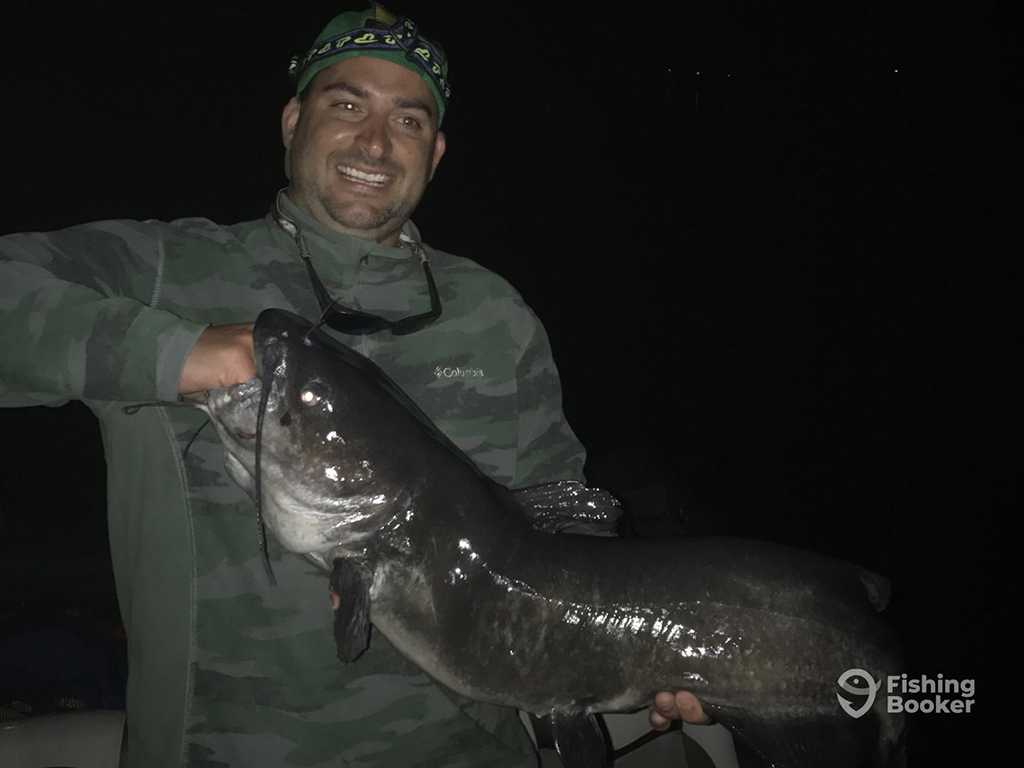
Photo courtesy of Mike Salamon Guide Service
Catfish are generally more active during the early morning hours and late in the evening, especially during the warmer months. Night fishing can be particularly productive as Catfish are nocturnal feeders.
Pay attention to seasonal changes. Spring and fall can offer excellent fishing as Catfish are more active due to spawning and feeding in preparation for winter. In summer, focus on nights or early mornings when the water is cooler.
The Importance of Water Conditions
Catfish are sensitive to temperature changes. In warmer water, they tend to be more active and feed more aggressively. Use this to your advantage by using more active techniques and bait presentations.
In murky or muddy waters, you should rely more on baits with strong scents as Catfish will use their sense of smell to locate food. In clearer waters, visual attractants and live bait can be more effective.
Patience and Persistence
Catfishing often requires waiting for the fish to bite. Patience is key. If a particular spot or bait isn’t working, don’t hesitate to switch things up, but also give each setup enough time to attract fish.
It’s Time to Put Your Catfish Bait into Action!
It should be clear by now that success in this rewarding pursuit comes from a blend of knowledge, technique, and adaptability. Catfishing is more than just casting a line or using one particular type of bait – it’s an art form that requires an understanding of the Catfish’s behavior, their environment, and the most effective ways to lure them in.
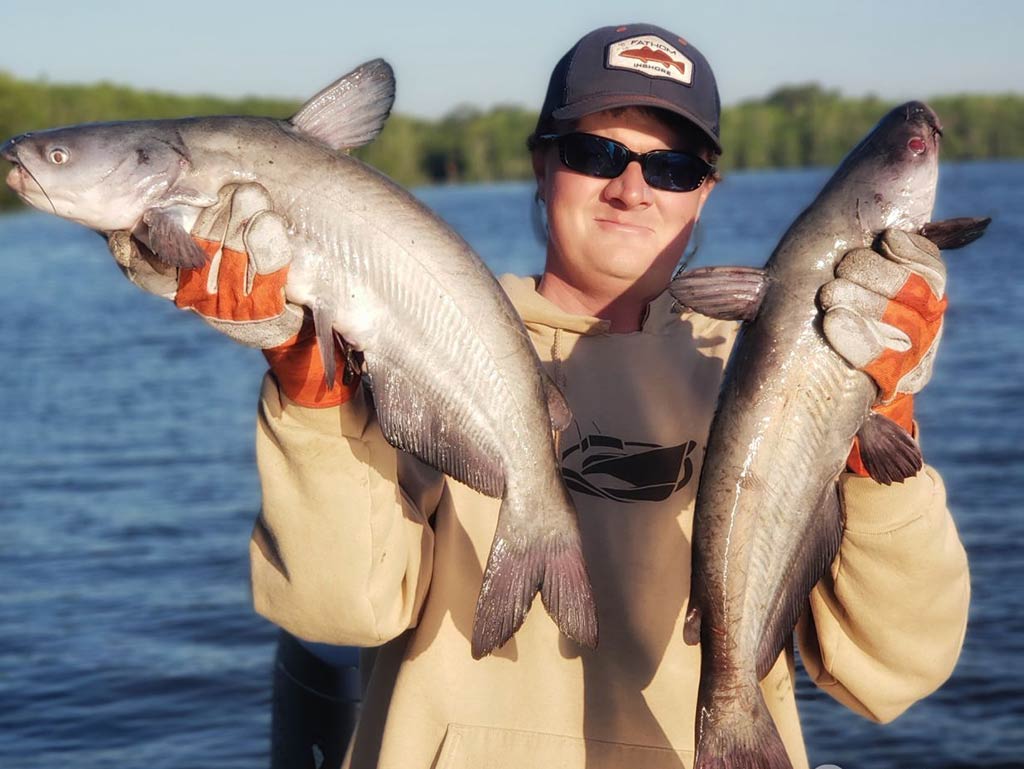
Photo courtesy of Fishn’ Freshwater Charters
Remember, the choice of bait is fundamental. Whether you opt for natural baits like worms and cut fish, or prepared baits that emit a strong scent, your selection should align with the Catfish’s sensory strengths and feeding habits. But beyond the bait, your chosen technique and some patience are also key.
As you embark on your catfishing adventure, keep all these insights in mind. Experiment with different baits and techniques, learn from each experience, and most importantly, enjoy the unique journey that Catfishing offers. It’s now over to you…
Are you an avid Catfish angler or looking to get out there for the first time? Any questions to ask or stories to share? We’d love to hear from you in the comments below!
The post The Best Catfish Bait: An Angler’s Guide appeared first on FishingBooker Blog.
https://fishingbooker.com/blog/best-catfish-bait/
 CampingSurvivalistHuntingFishingExploringHikingPrivacy PolicyTerms And Conditions
CampingSurvivalistHuntingFishingExploringHikingPrivacy PolicyTerms And Conditions
